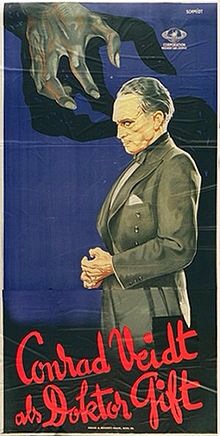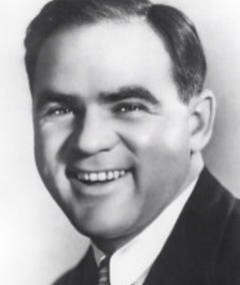Two of early film’s most popular, influential and important pieces are a little hard to watch now. These are films that cannot just be written off. They are, after all, integral pieces in telling the history of film. They also happen to have racist elements.
The Jazz Singer features Al Jolson performing in blackface, something that was part of his regular routine. It would be easy to ignore the film for this fact, if it weren’t for the significance of the climactic scene and the whole film. The man in blackface is singing on screen in the first talking picture, one that would very quickly lead to a seismic shift in the world of film.
The Birth of a Nation is even more egregious, so profoundly racist in its portrayal of African Americans and the KKK that it caused great controversy when released. But it also just happens to be the biggest blockbuster film up to that point in movie history, and also a landmark film in terms of complexity and directorial/narrative structure.
Both of these films, particularly The Birth of the Nation, clearly contain elements, or even whole plots, that would be unacceptable today. But they can’t just be written off or ignored, in large part because of how important they are to the history of film. On anyone’s chart of film’s most important points, these two films would stand out as bold, huge events.
Because these are such important films, they aren’t ignored, censored or swept under the rug. And as a result of that, meaningful discussions about the racial elements of the film are always ongoing. We’ve continued to look at these films and have learned a lot about our history and our culture.
And that is how we should look at all classic films, unedited and unapologetic, discussing and learning from them. If we can do it with The Jazz Singer and The Birth of a Nation, we can do it with all other classic films as well.
That is the optimal way to handle it, as any classic film fan knows it’s hard to avoid unpleasantness of the past. Blackface was once hugely popular as a performance style in the United States, and that’s not even including the common practice of white men playing Asian stereotypes in early films. Classic films with racist and sexist elements are all over the place, with examples and instances too numerous to name. If we remove these elements, what are we really removing? Only the opportunity to understand, learn and discuss.
Editing out blackface from film, for example, tries to erase what was a strangely mainstream and common practice for a number of decades. It’s jarring and shocking to see to see Bing Crosby saunter out in blackface in Holiday Inn and other films, but trying to act like it didn’t happen doesn’t help us understand why it happened.
It’s easy to romanticize and idealize the past. In fact, most film blogs such as this one are guilty of that to a certain extent. But not all things were better then. The truth of the matter is that African Americans, women, Asians, Italians, Jews and all other kinds of groups were often portrayed horribly and offensively in films of yesteryear. And while it’s especially horrible to see now, erasing these ugly parts does not fix anything. It erases a look at an unfortunately all too true part of our history.
Films are, after all, more than just entertainment. They are a cultural scrapbook, a time capsule of who we are, who we were and where we came from. That includes not only the good things and the beautiful things, but the ugly and shameful things as well. Those awful things tell an important story too, of how far we’ve come and grown.
Much like our own world history, we can’t only choose to remember the good parts of our film history. That doesn’t tell the whole story.


